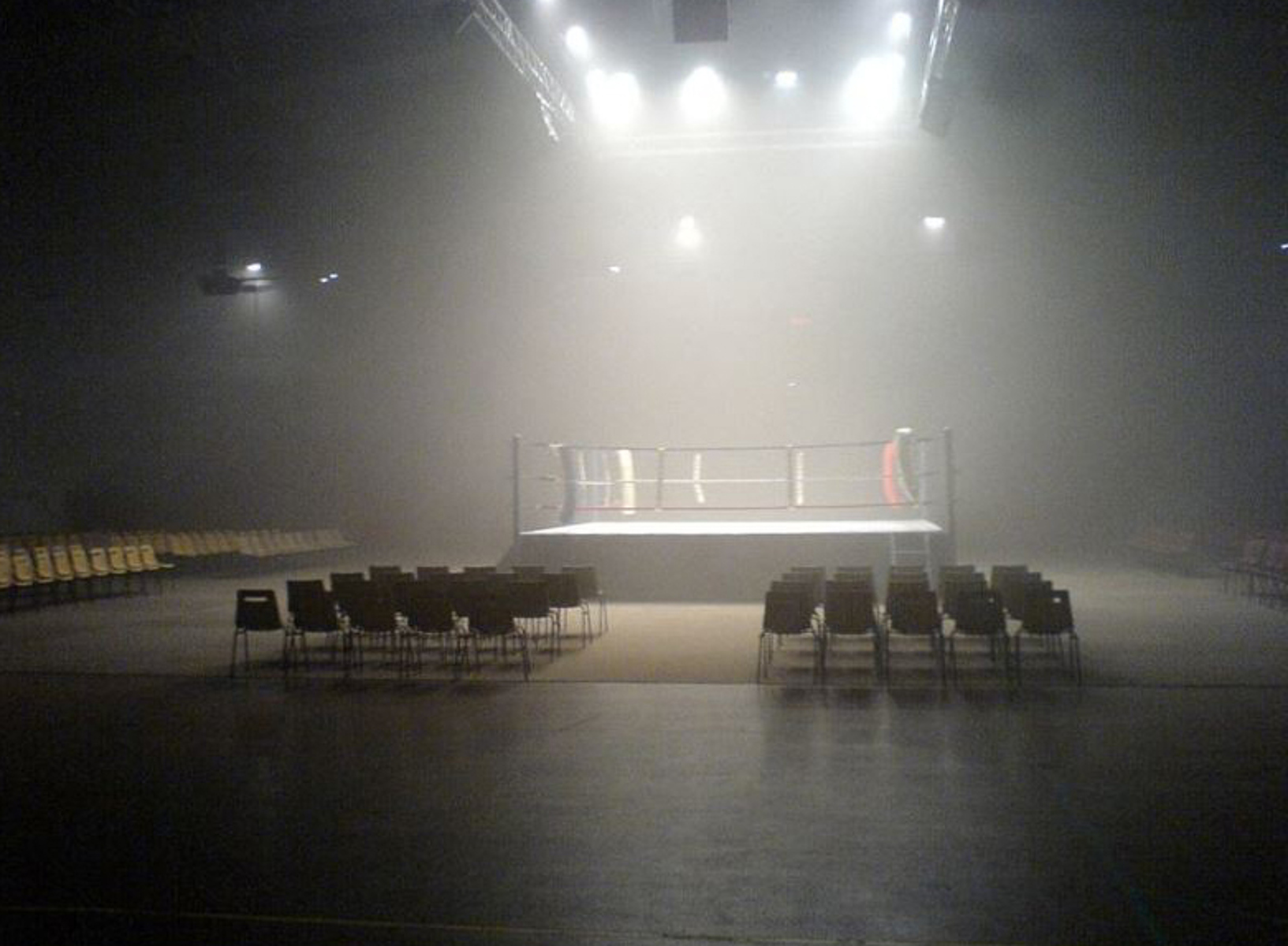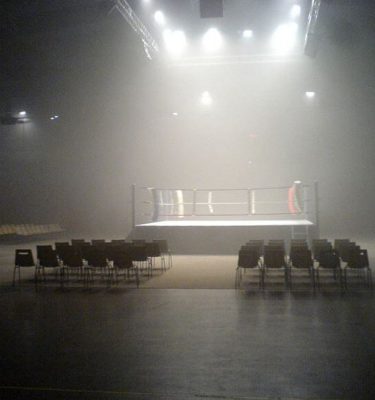Remember the last book you’ve read, the last play you haven’t been able to forget, or the most recent movie that shook you? Surreally all of them were crime stories. Remember great movies, like “Quai des Brumes”, “La Bandera” with Jean Gabin…”Le Rouge et le Noir” with Gérard Philippe and Orson Welles’ Monsieur Arkadin. What are they all about? Crime. Go back to Dostoïevski’s novels. All of them are crime stories. Take a psychological romance, like la Princesse de Clèves; a pernickety judge would immediately suspect adultery. Tristan and Yseult, on which our western conception of romantic love is based, is nothing but a story of adultery. Why does crime always lie at the bottom of these tales? It is a crime that distinguishes humans from animals. Bees never go on strike, and in the hive, queens never have abortions. But when it comes to man, workers go on strike, and princesses have abortions. Felony exists and it is the proof that we have stopped being animals and become men, something between animals and God. Crime is the sign of our freedom, the condition of our fate. Artists and criminals are both outcasts, and have drifted to the edges of humanity, where a man asks himself the eternal questions: who am I, what should I do? Philippe Perrin, in his art, is an heir to the long tradition spanning from Socrates to Jean Genet.
Crime
Jacques Vergès (1991)
Philippe Perrin was born in 1964 in Latronche, lives and works in Paris.


